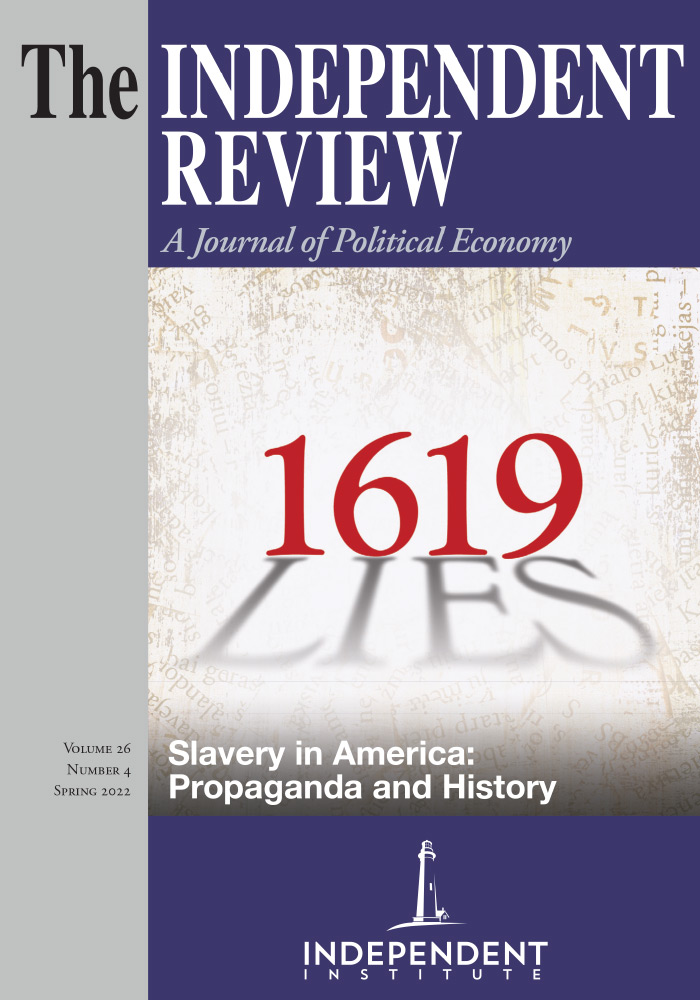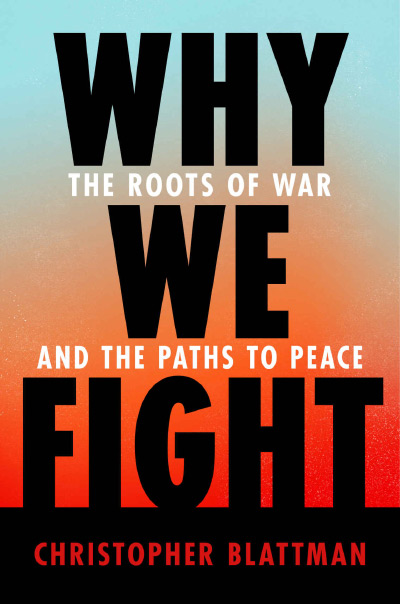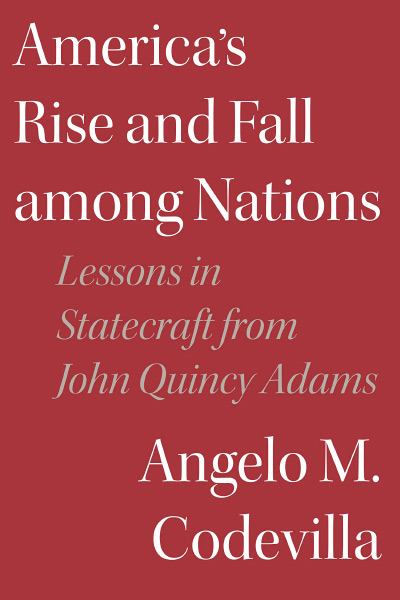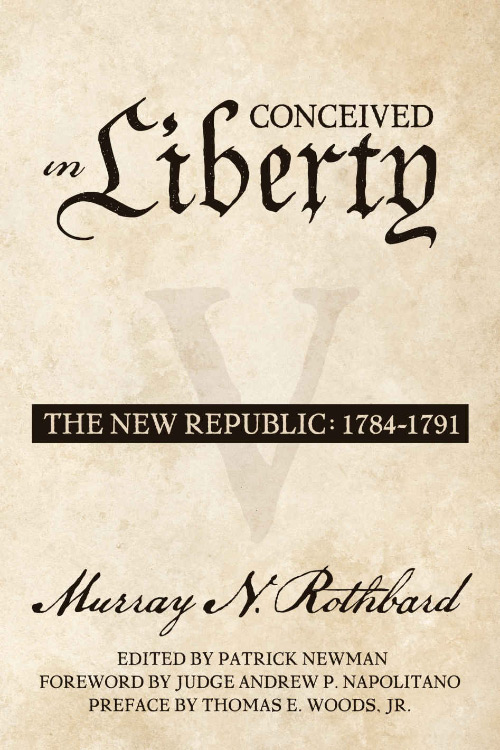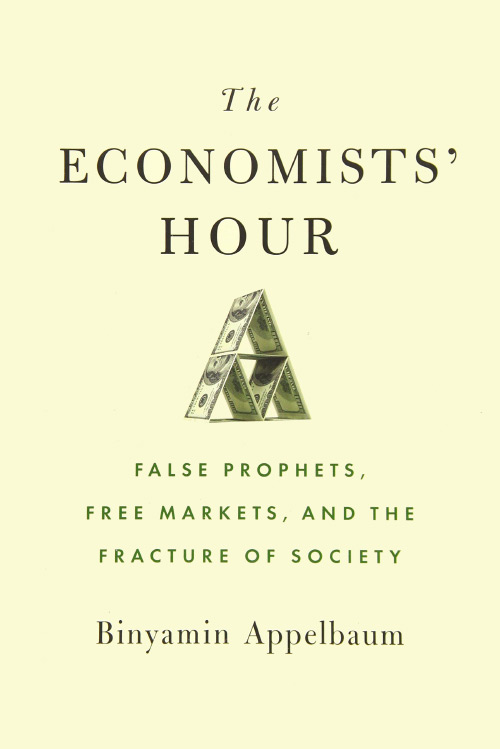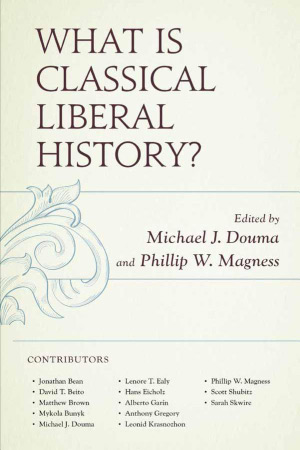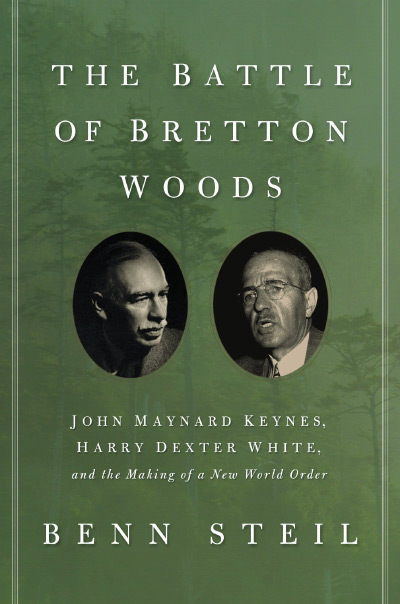When most economists hear the surname “Knight,” they immediately think of Frank Knight, one of the founders of the Chicago School of Economics. But the Knights were a family of economists. One of Frank’s brothers, Melvin Moses Knight, taught at Columbia University from 1923 to 1926, and at the University of California from 1928 until his retirement in 1954. Another brother, Bruce Winton Knight, taught at Dartmouth College from 1924 until his retirement in 1960. During his career, Bruce Knight wrote four books. Three were economics texts—Economics, 2 volumes (coauthored with Nelson Lee Smith, 1929 and 1930, New York: Ronald Press) and Economic Principles in Practice (1939, New York: Farrar and Rinehart). The fourth book, How to Run a War, was published in 1936 and was distinct from the others. Written for a more general audience, Knight explored what running a war efficiently and successfully entails in practice. He pulls no punches, making clear that successful war making involves significant costs in the form of reprehensible activities at odds with what most people associate with a liberal society that respects basic human rights and dignity.
Knight’s approach is what makes the book unique and engaging, despite the seriousness of the topic. In Chapter 1 (“How to Read the Directions”), Knight directly addresses his target audience—the elite class who control the war-making apparatus. War does not come, Knight argues, from “abstract ‘forces,’ but from people. It comes from not from people ‘in general,’ but from particular people” (p. 4)—those who are able to shape public opinion and pressure politicians. Subsequent chapters offer a guide for engaging in effective war making. The book is written as a set of instructions for the elite class to effectively run a war, hence the book’s title. The blunt chapter titles make clear what efficient war making requires.
“How to Get into a War” (Chapter 2) discusses the methods for beginning a conflict. The key stages, according to Knight, include economic penetration, followed by political penetration and military intervention in the name of protecting national interests and maintaining the balance of power. Having set the stage for war, the next step is for the elites to get buy-in from the domestic populace.
In “How to Lie for Your Country” (Chapter 3), Knight offers an excellent discussion of propaganda and misinformation campaigns. He provides guidance for carrying out the “science and art of professional truth-fixing” (p. 40) with the goal of making war appealing to the citizenry. This includes framing war efforts as “self-defense” against some great existential threat. In addition to garnering support, this strategy provides the means for “legalizing and glorifying slaughter” of large numbers of people (p. 45). Central to these efforts is the maintenance of a government monopoly over war-related information which allows the elites to create necessary information asymmetries regarding the realities of the war effort.
Knight then turns his attention to “How to Kill People” (Chapter 4). Here he emphasizes the importance of technological innovations—e.g., shrapnel shells and chemical warfare—which yield the highest return on investment measured by the number of enemy deaths. But not all killing needs to take place directly. Knight emphasizes the importance and effectiveness of indirect killing of soldiers and citizens through blockades which contribute to significant, if not severe, reductions in the basic human wellbeing of significant portions of the general populace in the target country.
From here, Knight turns his attention to “How to Round Up the Victims” (Chapter 5). In this context, the “victims” refer to those whom the elites send to war. While some people may volunteer for war, volunteers may not make up sufficient forces and conscription will be necessary. Knight offers guidance on how to make conscription palatable to the populace. Returning to his earlier discussion of propaganda, he again emphasizes the importance of selling the war to the public. Efforts must be made to frame conscription in terms of shared sacrifice and equality. At the same time, active steps need to be taken to discredit and silence the pacificists who pose a threat to the elites’ war efforts.
But where do the tools of war come from? The next two chapters focus on answering this question. In “How to Get the Killing Tools” (Chapter 6), Knight focuses on the military sector with particular emphasis on the role of private firms. These firms rely on war making for profits and, therefore, work to create demand for their products. They do so through the lobbying of key government (both domestic and international) officials and by engaging in public relations campaigns to convince the public of the dangers of disarmament.
Continuing with this theme, “How to Organize the Killing Business” (Chapter 7) explores what is necessary for effective war production. Scarce resources must be redirected, through government fiat, from private use to military production. The government must be willing to impose rationing of resources and price controls to fulfill the needs of war production. This, of course, will reduce the living standards of citizens. Returning to a common theme, Knight reiterates the importance of the government’s propaganda campaign in countering these negative consequences. If executed correctly, these (mis)information campaigns make citizens willing contributors to the war effort, despite the reductions in their standard of living, in the name of shared sacrifice for the good of the nation.
The next three chapters deal with the financial aspects of war. Knight identifies three ways for the elite to finance their war efforts. The first is to “Make the Enemy Pay for It” (Chapter 8), through reparations, as in the case of Germany after World War I. The second option is to “Make Your Allies Pay for It” (Chapter 9) through what Knight calls the “ally-soaking game” (p. 195), which involves convincing other ally governments to pay for part of your war or borrowing funds from allies with either favorable terms or with no intention to pay them back. The final option is to “Make the Poor Pay for It” (Chapter 10) by implementing policies that impose the largest cost on the most vulnerable in society. This might include some mix of confiscating property, price controls, government-imposed rationing, a sales tax, or inflation. Imposing a significant cost on the poor, Knight argues, is justified because they are inferior, as compared to the elites, and “inferior people ought to be punished for being inferior” (p. 220).
The final chapter deals with “How to Compute the Dividends” to gauge the net benefits of war making. Knight notes that the elites need only care about themselves—“You are not asked to think twice about killing large numbers of human beings. . . . You are only invited to contemplate something you might understand: what your war will probably cost you” [the members of the elite class] (p. 235, emphasis original). The elites cannot be concerned with the deaths of “a large number of human beings” but, instead, must focus on “the use of force to preserve America’s honorable reputation for the ability to use force” (p. 235).
In closing, Knight emphasizes that war is a choice. Engaging in war requires following his blueprint. If that is unpalatable, the elites have the power to refrain from engaging in war. In order to do so, “You would have to become decently, intelligently, and actively opposed to war. You have to assume the responsibility of a genuine Upper Class” (p. 242).
Although written over eight decades ago, How to Run a War remains a fascinating read today. Knight does a masterful job of pulling back the curtain on the true realities of war, including the significant physical and monetary costs which largely fall on the most vulnerable. It is especially interesting to read the book in the context of the US government’s “war on terror” given the parallel between many of Knight’s blueprints and the actions of the US government. An interesting project would involve developing an updated version of How to Run a War based on the War on Terror.
Most importantly, Knight makes clear that war is a choice. As he writes, “War would not be hard to avoid—if you really wanted to avoid it. Nothing is more absurd than to suppose that some one perfect method of stopping war must be found” (p. 242). This is especially relevant today where the national-security elites parade out existential threat after existential threat. In 2001 it was Afghanistan, Iraq, weak and failed states, and terrorists around the world. Two decades later, it is Russia and China. No doubt the parade will continue with some mix of current and new threats.
As a result, we are told that we must engage in perpetual war making in search of perpetual peace. Perhaps, but maybe not. As Knight suggests, war is not a universal given, but a choice. We can choose to emphasize military primacy and war making, but we can also choose to treat war making as a rare, and despised, exception to the norm of peace. A key difficulty with this shift is that the elites constituting the national security state is an entrenched interest group facing an array of incentives militating against retrenchment. As with any kind of government program, this poses a challenge for change. Knight hoped that by bluntly presenting the inhumane realities of war, it would inspire the elites to work for peace. I am not convinced that such a plea to the elites is sufficient to engender real change; equally, if not more, important is appealing to the general populace and reenvisioning the relationship between citizens and the state as it relates to matters of security.
In the closing pages of How to Run a War, Knight draws on Plutarch’s Life of Pyrrhus with the intention of warning the elites against a “pyrrhic victory”—a triumph where the victor incurs significant, if not devastating, costs. King Pyrrhus of Epirus failed to listen to his advisors regarding the costs of war; the result was that he won the battle (the Battle of Asculum, 279BC), but, in the process, suffered significant personnel losses that severely reduced his military capabilities. In the wake of the War on Terror, and with the current clamoring by some for military action against Russia and China, the concern over the net, long-term costs of war making—both direct and indirect—remain as relevant as ever, as does How to Run a War for making clear what exactly those costs entail.
| Other Independent Review articles by Christopher J. Coyne | ||
| Spring 2024 | Murray Rothbard on War and Foreign Policy | |
| Fall 2023 | Kenneth Boulding: Knowledge, Conflict, and Power | |
| Summer 2023 | A Symposium on Gene Sharp’s The Politics of Nonviolent Action | |
| [View All (46)] | ||

